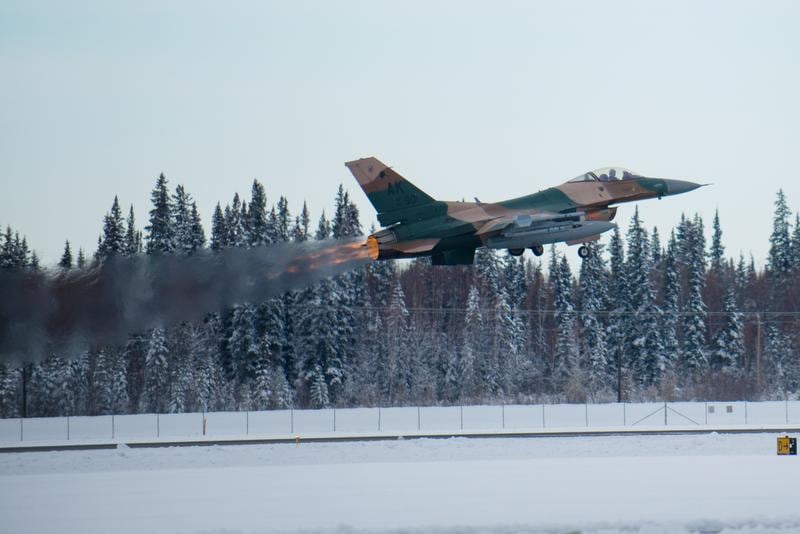The Proxdynamics PD-100 Black Hornet is a palmable UAV platform that may be the next evolutionary step in small unit ISR platforms. The carbon fiber-winged PD-100 is about the size three tightly wadded sheets of paper and weighs about as much.
It can fly for about 25 minutes on a full charge, has a range of about a mile, shoots video at 320 x 240 and stills at 1920 x 1080 using three cameras. The operator controls the aircraft from a ground station that's about the size of an MRE and features bays to charge two Black Hornets and stow the handheld controller.
The unit streams its photographic payload back to the ground station without storing it onboard, which answers opsec concerns. The operator can use any of the three daylight cameras to look forward, down at about a 45 degree angle, or straight down.
Proxydynamics showed us a version of the PD-100 that replaces the daylight-only three camera array with a single daylight/thermal camera that provides a fusion view and sends both daylight and thermal views back for recording and analysis.
The unit flies in two modes, GPS waypoint navigation and assisted manual. Waypoint navigation sets the UAV up to follow a trail of waypoints. Assisted manual flight means the operator flies the aircraft with a controller as if it were an arcade game; flight systems convert the simple control inputs into the complex actions need to maneuver the helicopter.
While the commercial industry has embraced quadrotor technology, Proxydynamics says helicopter technology is more efficient, quieter and has better aerodynamics and is better suited to the micro uav role.
[gallery columns="5" ids="22375,22376,22377,22378,22379"]





